Close
WikiliQ
Wine in Beaujolais Villages

All About Wine in Beaujolais Villages
Wine is an alcoholic drink typically made from fermented grape juice. Yeast consumes the sugar in the grapes and converts it to ethanol, carbon dioxide, and heat. Different varieties of grapes and strains of yeasts produce different styles of wine. WikipediaFind Wine

FILTERS
Close
Apply Filters
Louis Jadot Beaujolais Villages
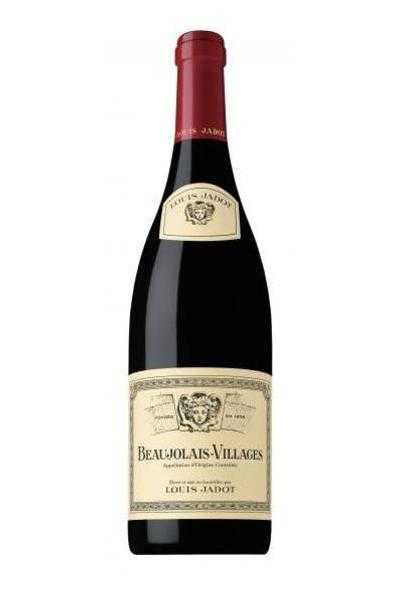
- Category:
- Country:
- Tasting Notes:Berry, Cherry, Fruity, Spicy
- Food Pairing:Chicken, Fish - Meaty & Oily, Mushrooms
- ABV:12.7%
An easy-drinking wine made with high quality grapes grown in the southern part of Beaujolais. Soils are light, and allow a light, fresh expression of Gamay. The grapes are handpicked in whole bunches and cold soaking is longer than usual for Beaujolais.
$12.99
Georges Duboeuf Beaujolais-Villages
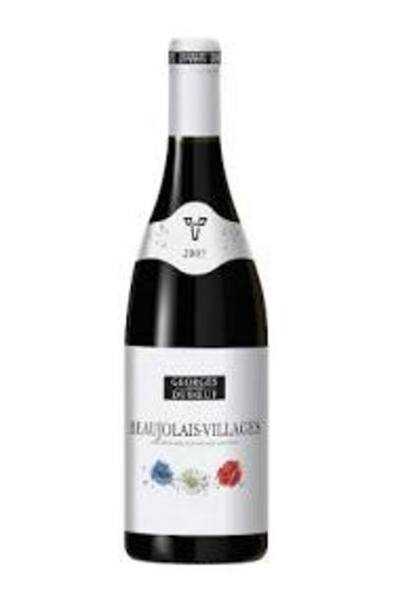
- Category:
- Country:
- Tasting Notes:N/A
- Food Pairing:Fish - Meaty & Oily, Duck & Game Bird
- ABV:12.5%
This wonderful Beaujolais by Georges Deboeuf is intense cherry red in colour with aromatic notes of raspberries and blackcurrant and red berry flavours.
$12.62
Duboeuf Beaujolais Villages Nouveau Boat
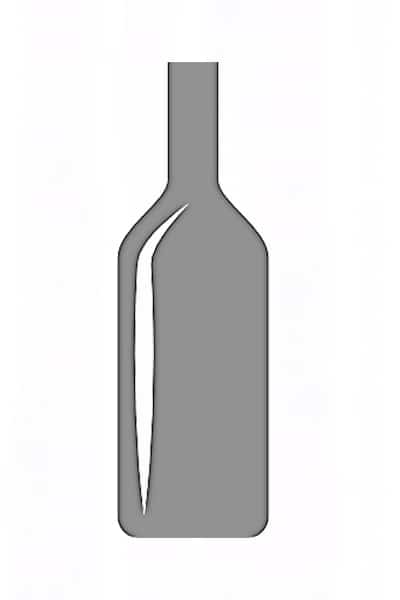
- Category:
- Country:
- Tasting Notes:N/A
- Food Pairing:Fish - Meaty & Oily, Duck & Game Bird
- ABV:12.5%
Discover Duboeuf Beaujolais Villages Nouveau Boat Beer. Is a carbonated, fermented alcoholic beverage. You can learn more about this beer and its availability here.
$11.99
Patriarche Beaujolais Villages
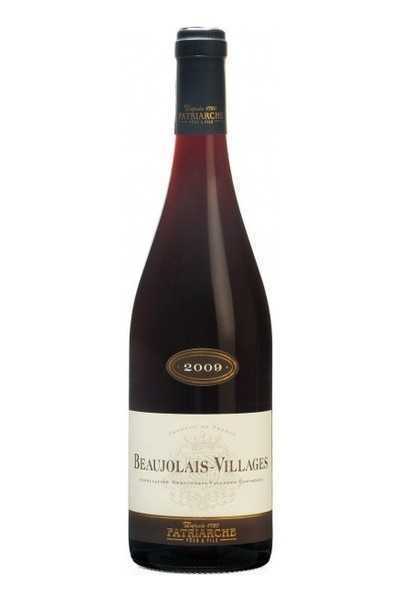
- Category:
- Country:
- Tasting Notes:N/A
- Food Pairing:Chicken, Fish - Meaty & Oily, Mushrooms
- ABV:13%
Discover Patriarche Beaujolais Villages Beer. Is a carbonated, fermented alcoholic beverage. You can learn more about this beer and its availability here.
$15.10
Domaine De La Combe Au Loup Beaujolais Villages
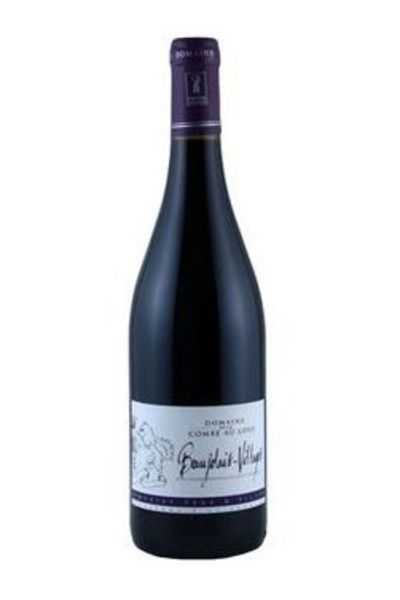
- Category:
- Country:
- Tasting Notes:N/A
- Food Pairing:Chicken, Fish - Meaty & Oily, Mushrooms
- ABV:13%
Discover Domaine De La Combe Au Loup Beaujolais Villages Beer. Is a carbonated, fermented alcoholic beverage. You can learn more about this beer and its availability here.
$15.50
Château Gaillard Beaujolais Villages
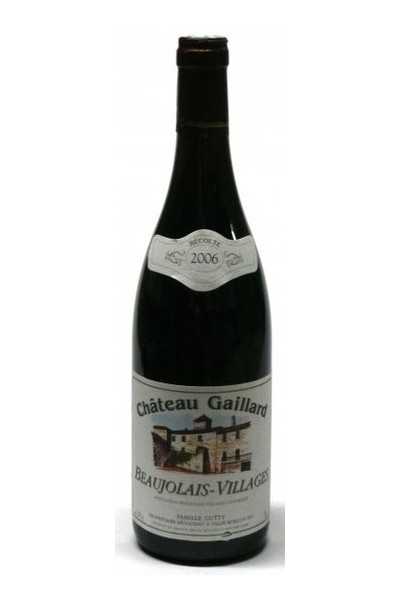
- Category:
- Country:
- Tasting Notes:N/A
- Food Pairing:Chicken, Fish - Meaty & Oily, Mushrooms
- ABV:12.5%
Discover Château Gaillard Beaujolais Villages Beer. Is a carbonated, fermented alcoholic beverage. You can learn more about this beer and its availability here.
$17.00
Domaine De Colonat Beaujolais Villages
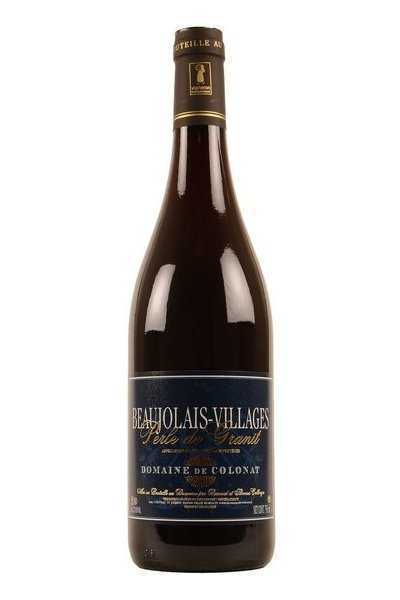
- Category:
- Country:
- Tasting Notes:N/A
- Food Pairing:N/A
- ABV:12.5%
Bright ruby red with clear aroma of red berries. Open fruity aromas in suppleness and harmony. Light in body and dry in taste.
$29.99
Vignoble Bulliat Beaujolais Villages
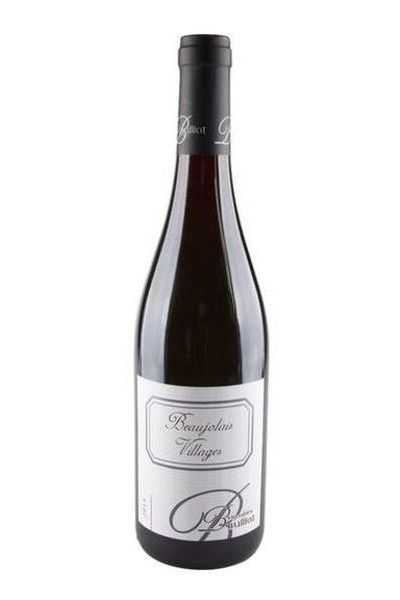
- Category:
- Country:
- Tasting Notes:N/A
- Food Pairing:Chicken, Fish - Meaty & Oily, Mushrooms
- ABV:N/A
Bright cherry color, aromas of red fruits dominated by strawberries and blackcurrant. Very fine tannins lead to a fresh, silky finish.
$19.99
Lapalu Beaujolais Villages Vieilles Vignes
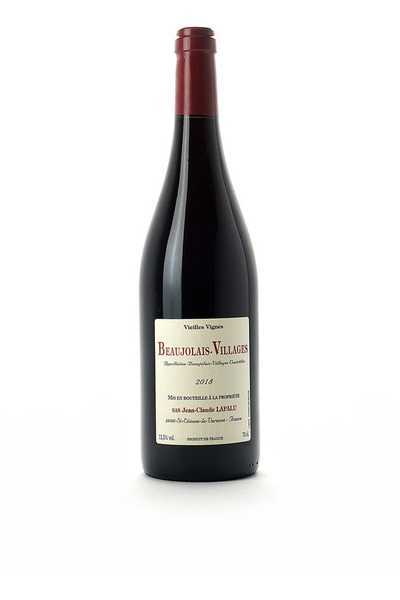
- Category:
- Country:
- Tasting Notes:N/A
- Food Pairing:N/A
- ABV:N/A
COUNTRY
France
REGION
Beaujolais
APPELLATION
Beaujolais Villages
WINE TYPE
Red
VARIETALS
Gamay
ORGANIC
Certified
BIODYNAMIC
Practicing
VINEYARD
From one of the most precocious Bojo Villages sectors, which is among the first to be harvested in the region.
Vines are 45+ years old and are densely planted so challenging to work.
ORIENTATION
Exposition varies
SOIL
Sandy, shallow topsoil on granite
VITICULTURE
Ecocertified (organic), in biodynamic conversion
VINIFICATION
Grapes are chilled for 1 day, then into tank for carbonic maceration/fermentation for 12-14 days with indigenous yeasts.
AGING
Aged 5-6 months in tank, no fining, and no filtration (except the last 10% of the tank). 10-15 mg SO2 at bottling
PRODUCTION
1,000 cases anually
NOTES
A top-tier old vine Beaujolais-Villages from a densely planted, early ripening sector. This super value is supple, succulent and very pretty.
Jean-Claude Lapalu is among the most respected and revered growers in Beaujolais, a darling of the Paris wine scene, and a leader in the so-called Natural Wine movement in France. He was a bit of a late-comer, assuming his unique place in the Beaujolais nexus between the generation of his peers (Breton, Dutraive, Foillard, Métras, Thevenet) and the young generation today. He farms the same vines that were once farmed by his father and grandfather. Though, as was common back in those days, they sold their wines and/or grapes to the local cooperative. In 1995, at the age of 33, Lapalu’s inquisitive nature and desire to try new things resulted in his decision to bottle his own wines.
Lapalu’s 9 hectares of largely east and southeast facing vines are scattered from Mont Brouilly down through the rolling hills to his home village of Saint-Etienne-la-Varenne, the "gateway to the Crus”. Brouilly is the southernmost Cru and is more influenced by the Mediterranean warmth than its northern neighbors. Perhaps this “southern spirit” is an explanation for why Lapalu’s earliest natural wine influences — in addition to the writings of Jules Chauvet — were from Provence rather than just a few miles north. He remembers tasting Henri Milan’s 1996 “Clos Milan”, as well as wines from Richaud and Gramenon, and feeling inspired to experiment with his own wines. His curiosity and restless creativity took hold. “When I started, I wanted to shock”, he says. He began to question everything in the vineyard and cellar, abandoning conventional farming and all of the winemaking additives he had learned to employ at wine school. He laments that he had few guides and admits that modesty kept him from approaching the likes of Lapierre and other natural Beaujolais growers. But after his own wines began to garner attention beyond the borders of Beaujolais, he soon found a community of like-minded vignerons in one of the world’s most collaborative wine regions.
As of the 2010 vintage, the domaine is certified organic through Ecocert and biodynamic methods have also been incorporated. Lapalu is gifted in old vines, many of which are between an average of 50 and 100+ years of age. His patchwork of cuvées are a result of years of experimentation, with Beaujolais-Villages VV and Brouilly VV representing approximately 60% of his production. All grapes are hand-harvested, of course, and chilled for 24 hours before going to the tank for fermentation. Vinification varies by cuvée (carbonic vs. semi-carbonic) with whole clusters that macerate for 10-12 days. A 24-hour pressing is customary and done with a traditional vertical press from the late 19th century. Depending on the cuvée, the wines are raised in either glass-lined concrete tanks, or used barriques or tonneaux. During the élévage, many of his cuvées see little or no sulfur, and when they do, it is usually only a small dose at bottling. Nonetheless, he is not dogmatic on this point, but he believes he can make great wines without it, that one can make “natural wines that are correct."
Lapalu’s perpetually evolving tastes have heavily influenced his assorted cuvées. He thinks about his range of wines as either wines to be drunk standing up, or wines to be drunk sitting down. Generally, his entry wines fall into the first category, and his parcellaire cuvées into the latter. Today he is more interested in elegance than extraction, and fruit takes precedence over tannin. His Eau Forte cuvée — a carbonic blend of Beaujolais Villages and Brouiily — is the ultimate expression of this sentiment as it is his most lithe wine in the lineup, with an impressive persistence and length. His Cuvée des Fous is a compelling cuvée made mostly from vines planted in 1900, the oldest in the estate's holdings. It is deep, dark and dominated by black cherries, one of Brouilly's signature aromas. While Lapalu generally favors a more hands-off approach, he admits that the terroirs of Côte de Brouilly and Les Croix des Rameaux require more attention in vinification. Lastly, the amphora-aged Alma Mater, which is all desteemed and spends 7 months on the skins, is an exploration in the energy exchange between wine and vessel, and is a veritable outlier in the Lapalu lineup (though by no means a “freaky”-style wine as these examples can be). Specific cuvées aside, Lapalu has created a collection of wines that are lively, supple, sinuous and utterly delicious.
An hour listening in Lapalu’s cellar might contain more information and anecdotes than a week-long Beaujolais masterclass. He is candid, generous, exuberant and an unparalleled story teller. It is easy to see that he is at once disciplined and intentional, yet not afraid to challenge the status quo. In fact, he might even take pleasure in it! He is playing an important role in the Beaujolais Renaissance by both honoring traditions and pushing the envelope. We are thrilled to be along for the ride!
$23.49
Laboure Roi Beaujolais Villages 2013
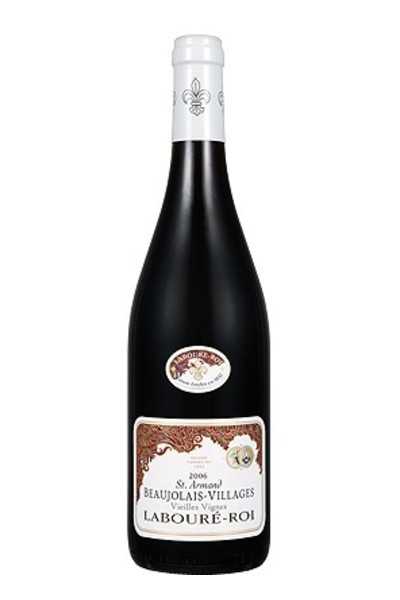
- Category:
- Country:
- Tasting Notes:N/A
- Food Pairing:Chicken, Fish - Meaty & Oily, Mushrooms
- ABV:12.5%
Discover Laboure Roi Beaujolais Villages 2013 Beer. Is a carbonated, fermented alcoholic beverage. You can learn more about this beer and its availability here.
$13.99
Jean Foillard Beaujolais Villages
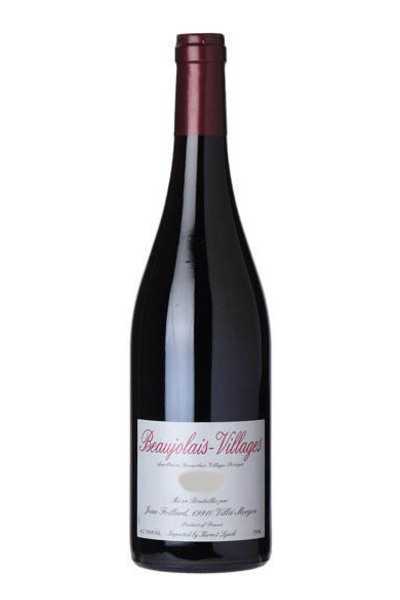
- Category:
- Country:
- Tasting Notes:N/A
- Food Pairing:N/A
- ABV:N/A
Jean and Agnès Foillard took over his father’s domaine in 1980, and soon thereafter began to make Kermit Lynch customers very happy. Most of their vineyards are planted on the Côte du Py, the famed slope outside the town of Villié-Morgon and the pride of Morgon. These granite and schist soils sit on an alluvial fan at the highest point above the town and impart great complexity. However, great real estate is not the only key to Foillard’s success. Early on, Jean began to follow the teachings of Jules Chauvet, a traditionalist who defied everything that the more commercial brands were touting in the region. Jean and three other local vignerons, Marcel Lapierre, Jean-Paul Thévenet, and Guy Breton, soon joined in on the movement. This Gang of Four, as Kermit christened them, called for a return to the old practices of viticulture and vinification: starting with old vines, never using synthetic herbicides or pesticides, harvesting late, rigorously sorting to remove all but the healthiest grapes, adding minimal doses of sulfur dioxide or none at all, and refusing both chaptalization and filtration. The end result allows Morgon to express itself naturally, as it should be without the bubblegum and banana aromas of so many other Beaujolais available today. Its rustic structure, spicy notes, and mineral-laden backbone are what real Morgon is all about.
This estate comprises nearly fourteen hectares. Foillard’s Morgons are deep, structured, and complex, with a velvety lushness that makes them irresistible when young despite their aging potential. Jean raises his wines in older barrels sourced from top estates in Burgundy, a logical decision for someone crafting Gamay in a Burgundian style. It is the passion and dedication of vignerons like this that have brought pride back to the crus of the Beaujolais.
Traditional, whole cluster fermentation lasts from 15 days in concrete tank
Aged 7 months in concrete tank
Parcels located in Villié-Morgon, Lancié, Saint-Amour, and St-Etienne-La-Varenne
$28.00
Louis Latour Beaujolais Villages
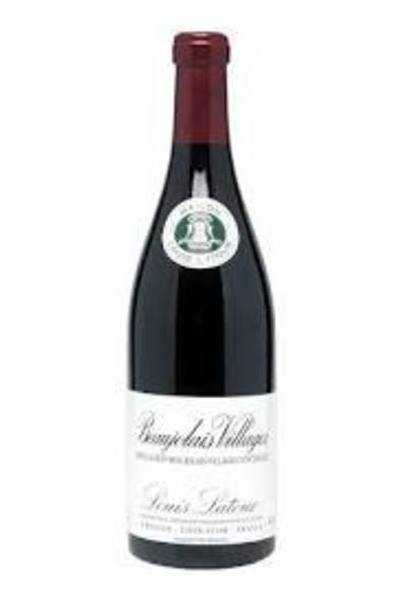
- Category:
- Country:
- Tasting Notes:N/A
- Food Pairing:Chicken, Fish - Meaty & Oily, Mushrooms
- ABV:N/A
Discover Louis Latour Beaujolais Villages Beer. Is a carbonated, fermented alcoholic beverage. You can learn more about this beer and its availability here.
$15.11
Chateau Du Chatelard Beaujolais Villages
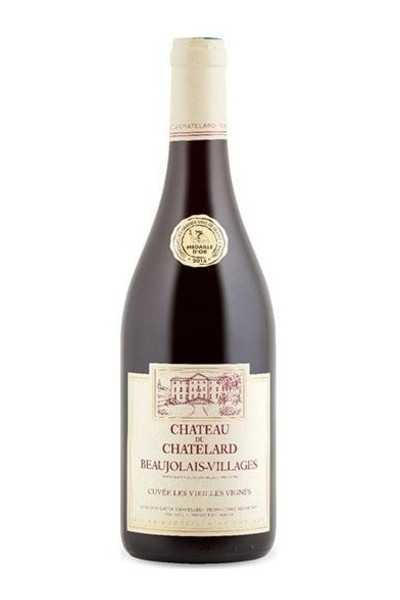
- Category:
- Country:
- Tasting Notes:N/A
- Food Pairing:N/A
- ABV:12.5%
A ripe, perfumed wine with black fruits and generous tannins, this is rich and juicy. It has structure as well as layers of delicious fruits that give the wine density while keeping freshness at the end.
$19.00
Lucien Lardy Beaujolais-Villages
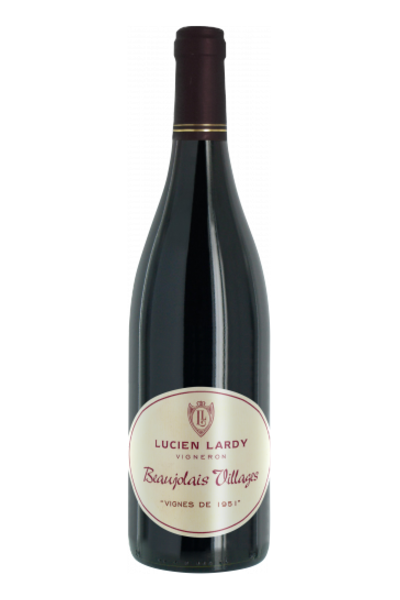
- Category:
- Country:
- Tasting Notes:N/A
- Food Pairing:Chicken, Fish - Meaty & Oily, Mushrooms
- ABV:13%
Good with ham, charcuterie, cheese, pasta, mexican and/or asian dishes
$13.99
Abarbanel Beaujolais Villages
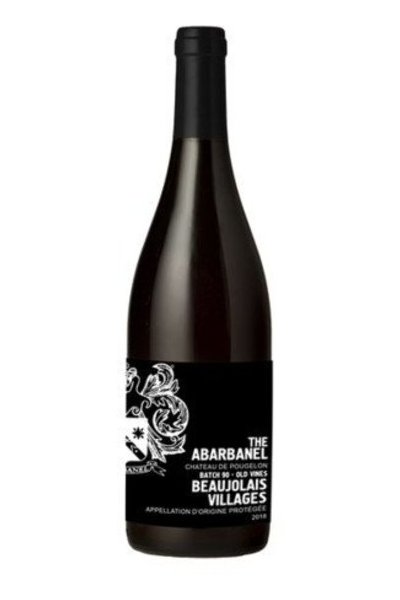
- Category:
- Country:
- Tasting Notes:N/A
- Food Pairing:N/A
- ABV:14%
Beaujolais Villages, thanks to climate change is evolving from a very light quaffer into a more serious age-able wine. The temperatures in Burgundy’s Beaujolais Region have been much warmer for the past eight years or so which has materially changed the nature of the Gamay grape – recent vintages, including the 2018 are medium bodied with much more pronounced structure and higher alcohol levels (14% on the 2018). Because irrigation of vines is prohibited in France the grapes are ripening earlier and deeper than had been the case traditionally but this makes the new generation of Beaujolais Villages taste more analogous to Grenache wines from the Rhône valley, more powerful wines with low acidity and a deep raspberry flavor. The 2018 vintage has sufficient tannins to enable it be aged for as much as eight to ten years and features a deep ruby hue.
$21.49
Famille Dutraive Beaujolais Villages
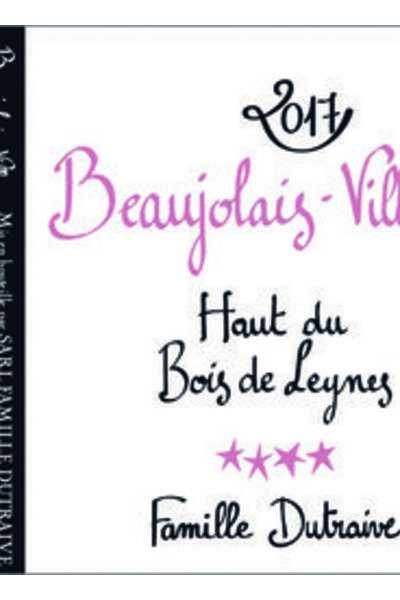
- Category:
- Country:
- Tasting Notes:N/A
- Food Pairing:Chicken, Fish - Meaty & Oily, Mushrooms
- ABV:N/A
From a single parcel, mixed terroir of clay, galet stones, and a majority of sand on granite gives this wine great complexity. Located at the very North of the Beaujolais. Organically-farmed, 50 years old vines planted on hills (430-450m altitude) with south-southwest exposure. Vinification in concrete tanks and ageing 100% in oak barrels for 5 months.
$30.99
Bouchard Aine Beaujolais Nouveau
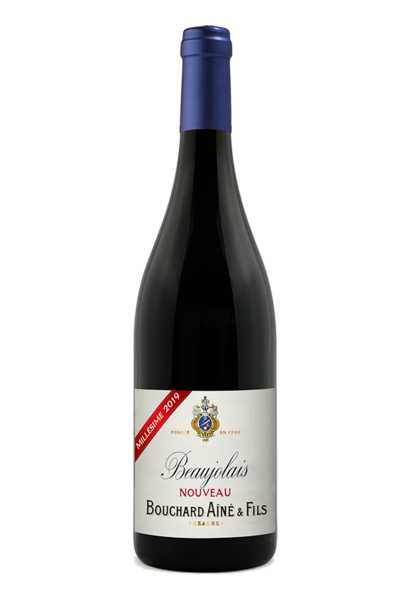
- Category:
- Country:
- Tasting Notes:N/A
- Food Pairing:Chicken, Fish - Meaty & Oily, Mushrooms
- ABV:12%
Discover Bouchard Aine Beaujolais Nouveau Beer. Is a carbonated, fermented alcoholic beverage. You can learn more about this beer and its availability here.
$12.62
Bonnet Rouge Beaujolais Villages Gamay Noir
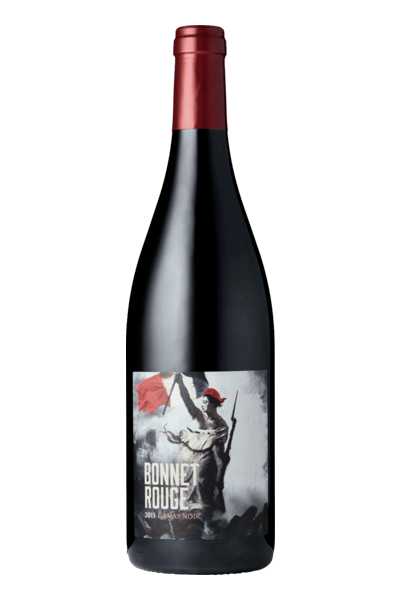
- Category:
- Country:
- Tasting Notes:N/A
- Food Pairing:N/A
- ABV:N/A
The French revolution was fought by scrappy, working-class partisans that took up arms to fight for their freedom and equality. The peasant soldier unable to afford formal uniforms donned a “Bonnet Rouge” or Red Cap of Liberty to show their allegiance to the revolutionary cause.
Now Bonnet Rouge carries the revolutionary spirit back to the Beaujolais region of France. For the past thirty years, the wine markets of the world have been flooded with mass-produced Beaujolais wine of poor quality and dubious craftsmanship. Despite this fact, artisanal winemaking has never been forgotten in Beaujolais. It has soldiered on by small winemakers making limited amounts of distinctive cru Beaujolais wine.
Now Bonnet Rouge has partnered with top winemakers in Beaujolais to produce a top-quality Beaujolais Gamay Noir. Breaking free of the traditional hierarchies of French winemaking, Bonnet Rouge is a blended wine from different premium cru Beaujolais vineyards to create wine of character and distinction.
VIVE LA REVOLUTION!
The Gamay Noir grape is the cousin of Pinot Noir and “Burgundy’s other red wine.” A century ago, Gamay Noir from Beaujolais was the most expensive and sought after wine of Burgundy. Gamay is the ultimate food wine even more versatile than Pinot Noir as it can stand up to heavier meat and poultry dishes. Both in price and palate, well-made.
Gamay Noir is a quintessential food wine that deserves a place on every table as a perfect everyday drinking wine of the people.
$16.99
Paul Janin Beaujolais Villages

- Category:
- Country:
- Tasting Notes:N/A
- Food Pairing:N/A
- ABV:N/A
Discover Paul Janin Beaujolais Villages Beer. Is a carbonated, fermented alcoholic beverage. You can learn more about this beer and its availability here.
$19.99
Henry Fessy Beaujolais Villages Vieilles Vignes
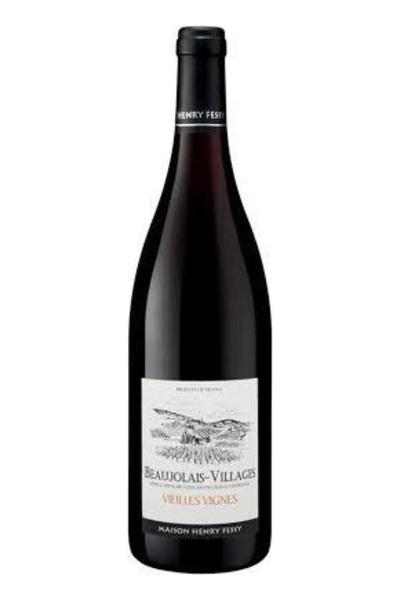
- Category:
- Country:
- Tasting Notes:N/A
- Food Pairing:N/A
- ABV:N/A
Our Beaujolais Vieilles Vignes offers an intense red with purple hints. The nose reveals rich aromas of strawberry, raspberry, and blackcurrant. Beautiful length on the palate with red and black fruits notes. A wine with a very nice balance and soft tannins.
This wine has a pretty ruby red color with purple hues. The intense nose opens with notes of red fruits and peach. The mouth is round, with delightful notes of strawberry, raspberry, and peach.
$9.99